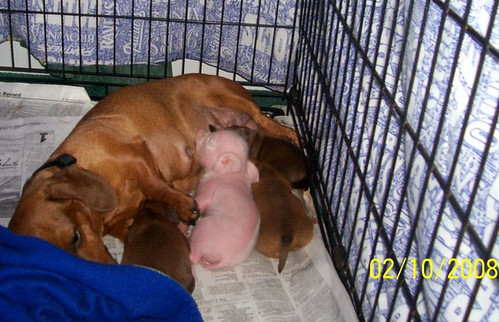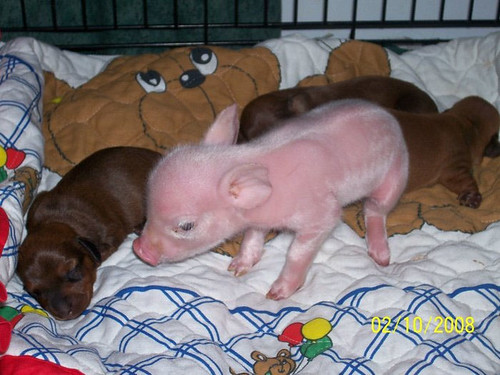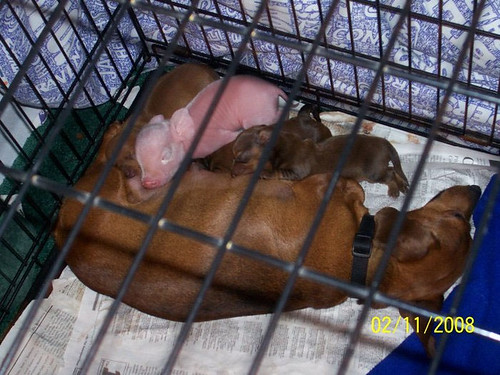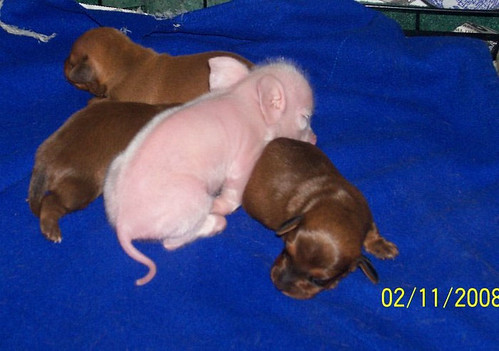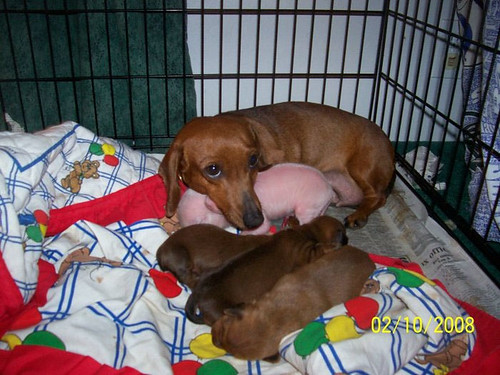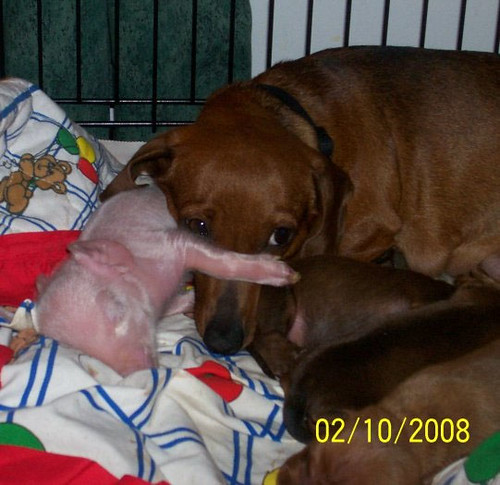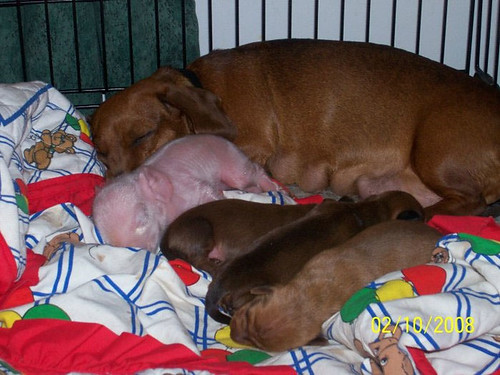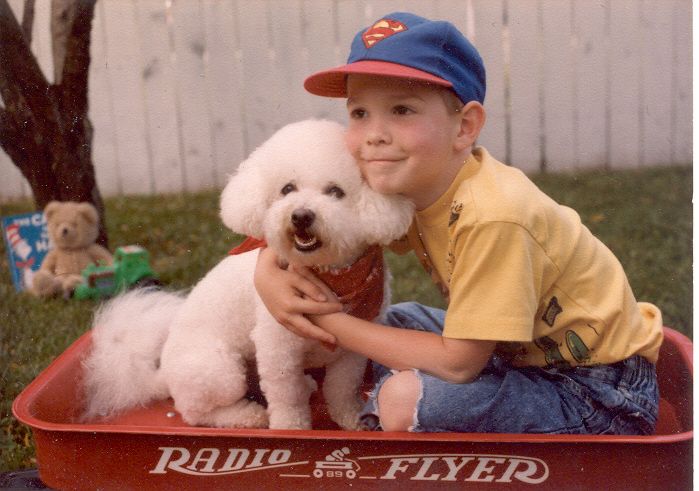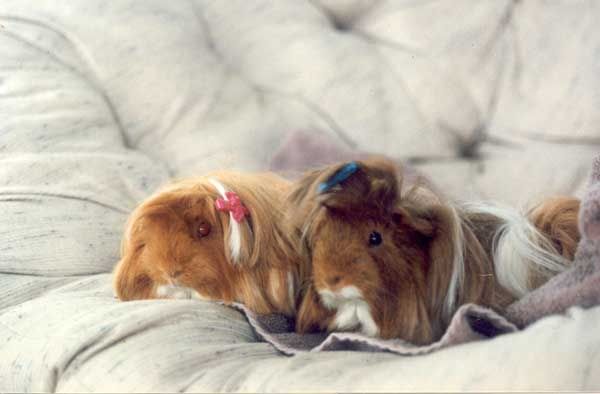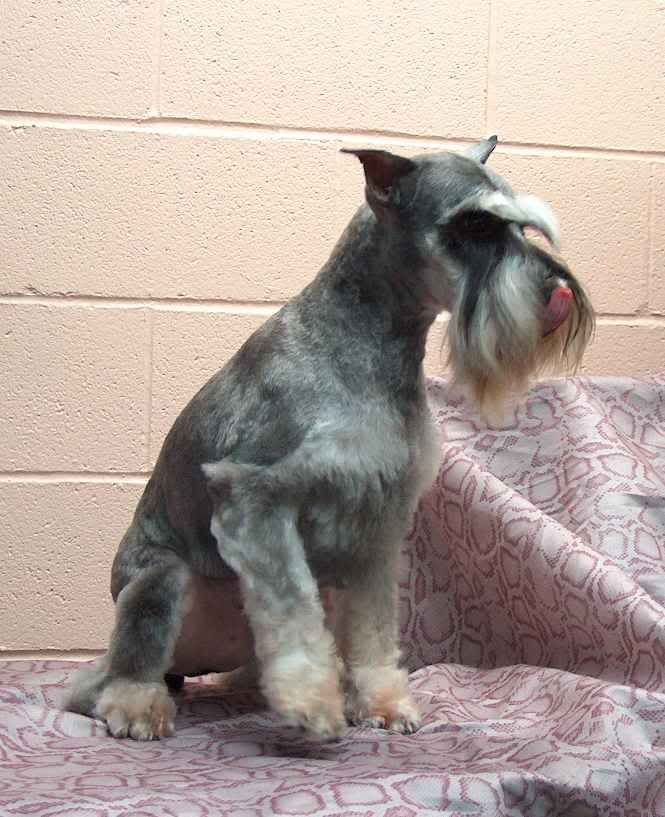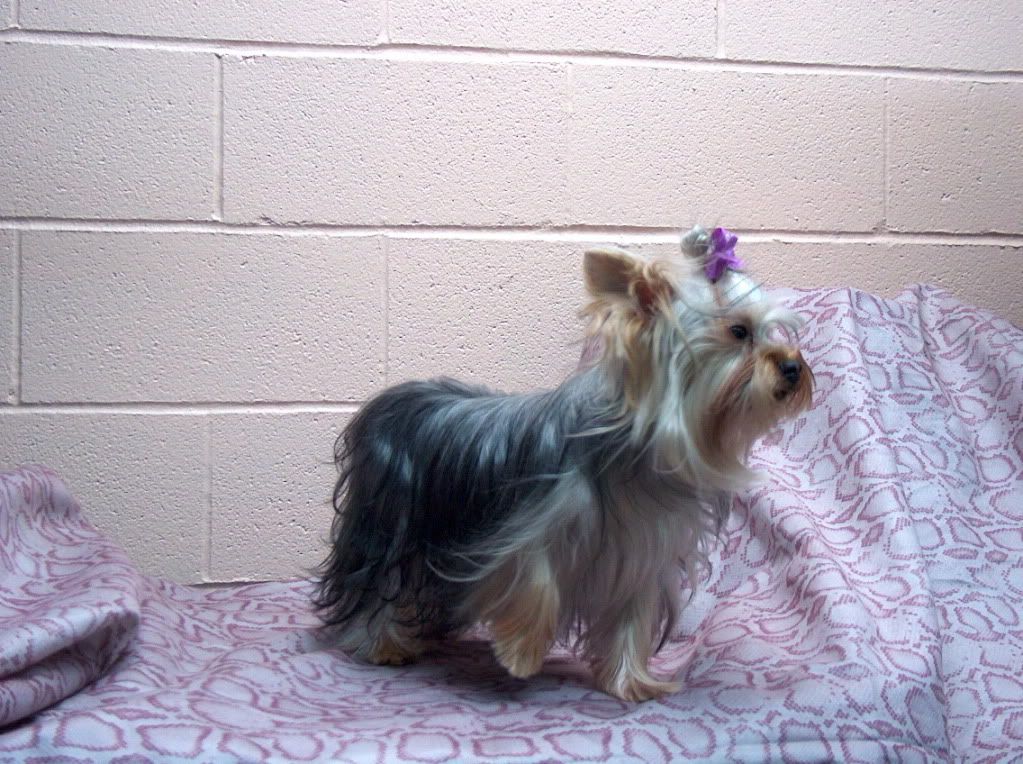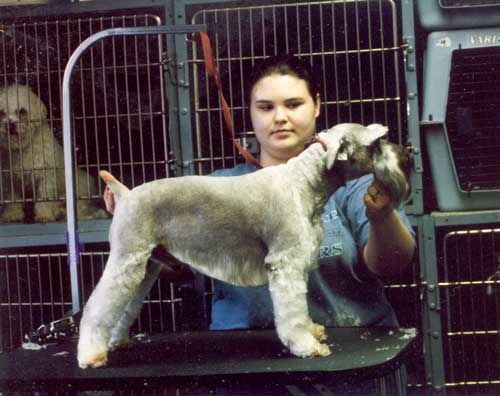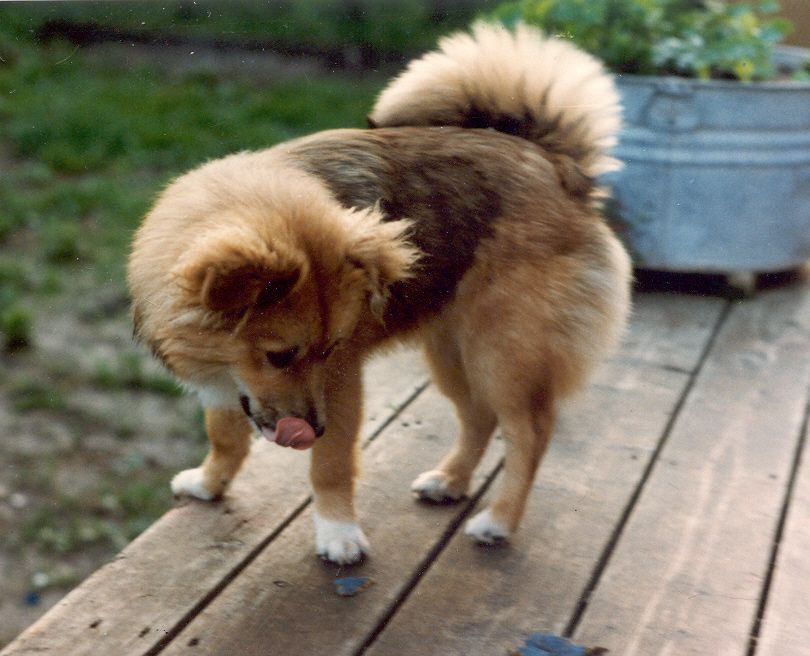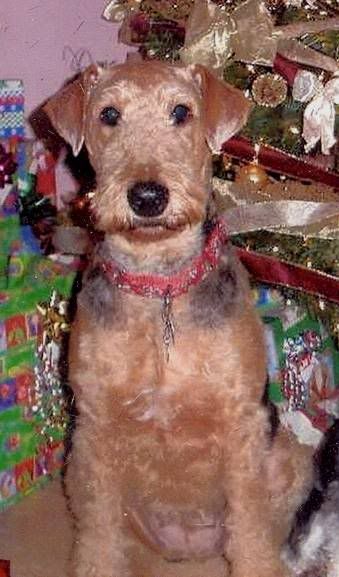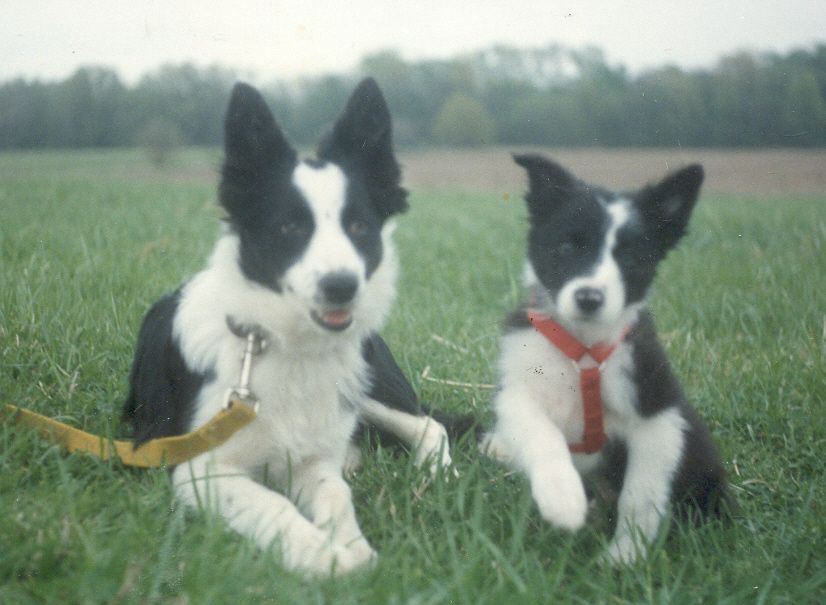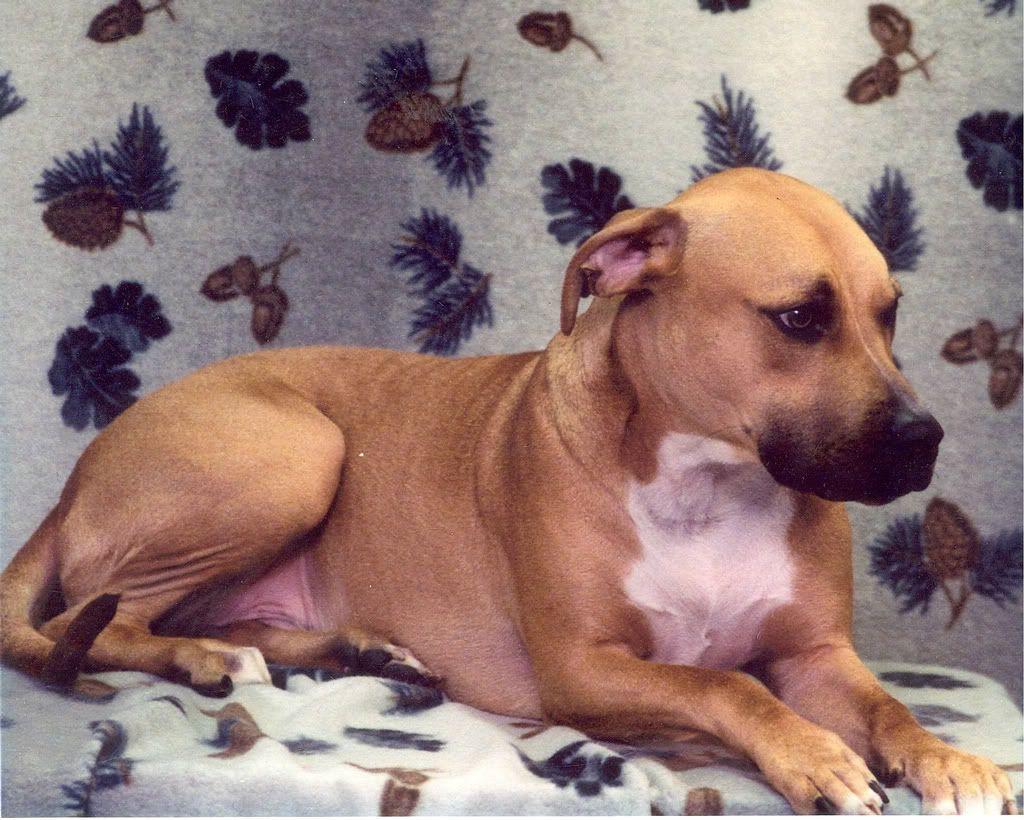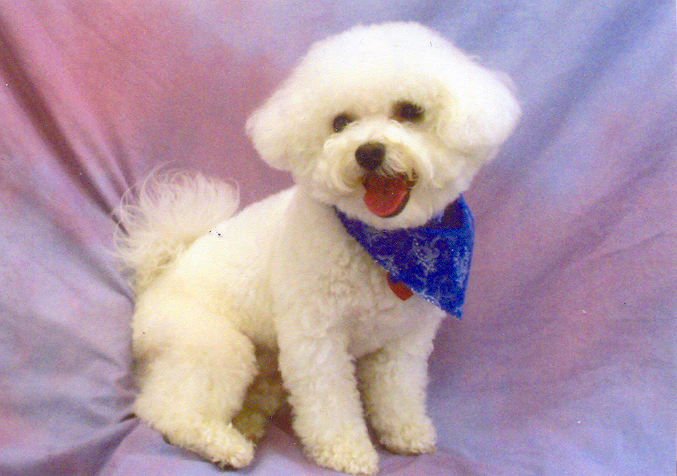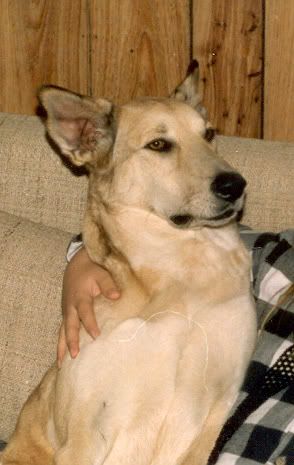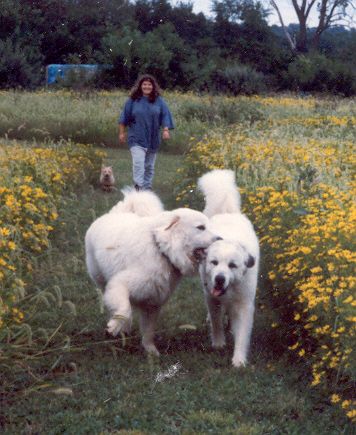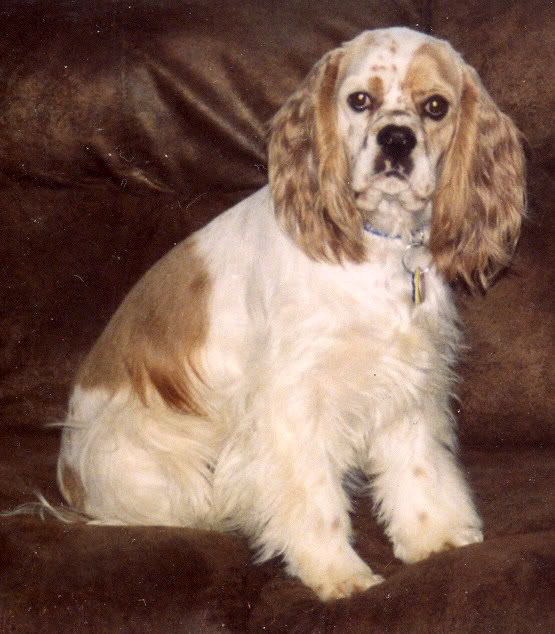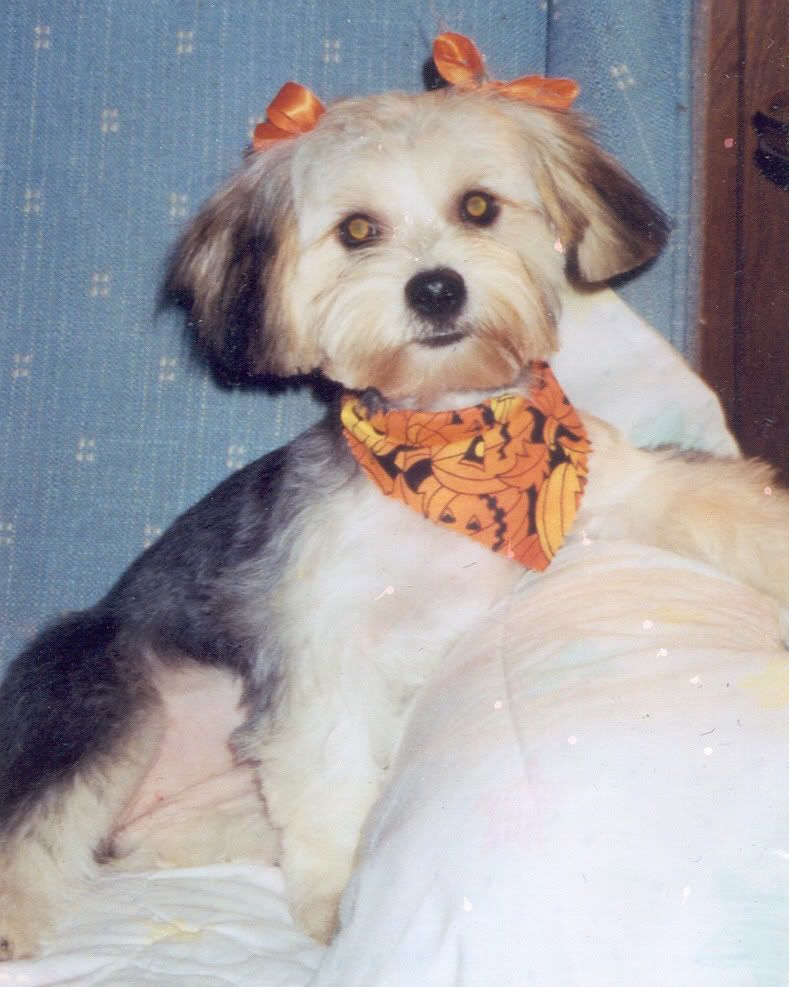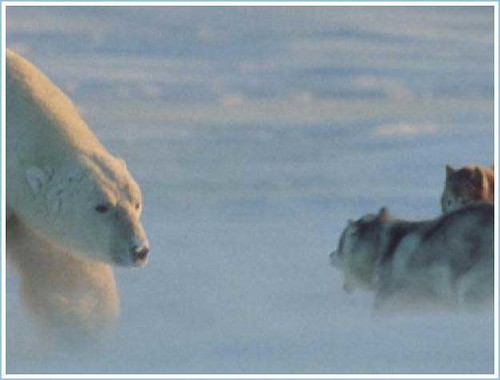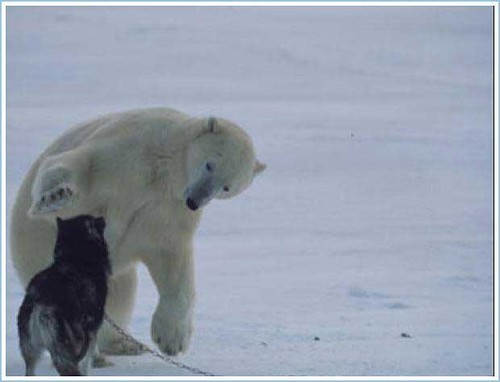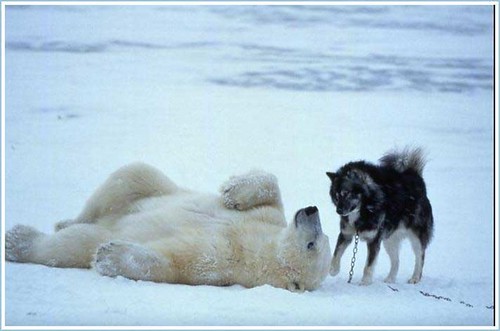Affected Animals:
Dogs and cats. Middle-aged to older female dogs are more likely to be affected by pancreatitis than other dogs. Dog breeds with a higher incidence of the disease include the miniature poodle, cocker spaniel, and miniature schnauzer. Pancreatitis is more difficult to diagnose in cats than in dogs.
Overview:
Canine pancreatitis is a potentially life-threatening disease that more commonly affects middle-aged to older female dogs. The pancreas is a gland that functions as part of the digestive process by producing enzymes that help break down food. Unfortunately, if these enzymes become activated within the gland, the pancreas begins digesting its own glandular tissue, creating inflammation, or pancreatitis.

Duodenum
Pancreas
Stomach
Esophagus
Typical symptoms:
Vomiting, loss of appetite, and abdominal pain, but sometimes signs can be more mild or vague. The severity of the disease and response to treatment will vary from case to case. Animals with severe disease may die either from complications or lack of response to treatment.
Diagnosis and treatment: are aimed at identifying and eliminating any underlying causes of pancreatitis. The disease is best prevented by correcting obesity, ensuring that the animal does not eat high-fat foods, and preventing other conditions associated with pancreatitis.
Clinical Signs:
The clinical signs of pancreatitis in dogs vary, but include vomiting, anorexia, depression, upper abdominal pain, diarrhea, severe weakness or collapse, dehydration, shock, and fever. Dogs may exhibit signs of abdominal pain by acting restless, panting, crying or wincing when picked up, shaking, standing with an arched back, or lying with the front end down and the rear end elevated.
Description:
The pancreas is a V-shaped gland found within the tissue located at the angle formed by the pylorus and the duodenum. Ducts leading from the pancreas deliver the digestive enzymes formed within the gland to the duodenum. The pancreas has a number of functions, including the release of digestive enzymes that aid in the breakdown and absorption of ingested nutrients, and the secretion of protective agents that counteract stomach acid when digesta enter the duodenum. The protection of the gland itself from autodigestion by the enzymes it produces is another important function of the pancreas.
Inflammation of the pancreas, or pancreatitis, is caused by the failure of the gland to prohibit activation of the digestive enzymes while they are still within the gland. Pancreatitis may be acute, with no long-term effects, or chronic, involving a permanent abnormality of the gland. Chronic pancreatitis cases usually involve recurrent bouts of acute illness.
Some common causes of pancreatitis include obesity, elevated levels of lipids in the blood, ingestion of a very fatty meal, other diseases, and steroids. Numerous cases of pancreatitis are diagnosed following holidays, during which dogs often are given meat or fat scraps. However, in some cases of pancreatitis, no cause can be determined.
Symptoms associated with pancreatitis may be obscure and mild or very clear and severe. Some dogs recover completely with appropriate medical therapy and dietary modifications, whereas others die from severe illness and secondary complications. The course of pancreatitis is usually unpredictable, and may be slow.
Complications of pancreatitis include shock, inflammation and fluid accumulation within the abdomen, sepsis, respiratory compromise, heart arrhythmias, liver and kidney failure, and abnormal bleeding and clotting. Chronic recurrent pancreatitis, pancreatic abscesses, diabetes mellitus, and insufficiency of pancreatic enzyme secretion also may be caused by chronic pancreatitis. The presence of one or more of these problems worsens the dog's chance of recovery.
Diagnosis:
A presumptive diagnosis of pancreatitis can be made based on a history and physical examination. In particular, significant risk factors such as obesity, or the recent ingestion of a high fat meal, may warrant a suspicion of pancreatitis. The examining veterinarian will perform other tests to confirm this diagnosis and to help determine the cause of the illness.
Diagnostic procedures
Common diagnostic procedures include a CBC, or complete blood count, a serum chemistry that evaluates the pancreatic enzymes amylase and lipase, and a urinalysis. Amylase and lipase values typically will be elevated in the early or acute stage of pancreatitis. These values may increase threefold in some dogs, but such an elevation should not be relied upon in interpreting the severity of the disease. Other blood tests the examining veterinarian may perform include a serum trypsin-like immunoreactivity assay, or TLI assay, and an ELISA test for trypsinogen activation peptide, or TAP. Trypsin substances are elevated in cases of pancreatitis, and are more specific to the pancreas than are amylase and lipase.
X-rays usually are taken of the abdomen, and may show changes associated with pancreatitis; they may also help rule out other problems that can mimic the symptoms of pancreatitis, such as a gastric foreign body. A typical x-ray finding will show a ground-glass appearance corresponding to the location of the pancreas. Also, expansion of the angle between the duodenum, the section of the small intestine adjacent to the stomach, and the pylorus, or outlet of the stomach, may indicate the presence of the disease. Distention of the stomach and intestines with gas is non-specific, but is commonly seen with pancreatitis. If the dog is having respiratory problems, x-rays will be taken of the chest as well.
An abdominal ultrasound may be used to check for the presence of pancreatitis, a pancreatic abscess, a pancreatic tumor, or free fluid within the abdominal cavity. Ultrasound- guided biopsies may be used to confirm a diagnosis. Certain dogs will require a surgical exploration of the abdomen for biopsy samples, or for treatment of abscesses or tumors.
Prognosis:
Pancreatitis can be a life-threatening condition. Dogs with a mild case of the disease usually have a fair prognosis and recover with appropriate treatment. For those cases involving severe disease, concurrent illness, or secondary complications, the prognosis is poor to guarded.
Transmission or Cause:
Known causes include obesity or hyperlipidemia, trauma, decreased blood flow to the pancreas, toxins, medications, chronic kidney disease, infectious agents, pancreatic duct obstruction, and neoplasia. Pancreatitis can occur without a known cause, but a veterinarian typically will find and treat inciting factors.
Treatment:
Most cases of canine pancreatitis require hospitalized treatment for a minimum of three to four days, and sometimes much longer. There are several goals to the treatment of pancreatitis in dogs. First, the overall blood volume and circulation of blood within the pancreatic gland must be maintained. The prevention of stimulation of the pancreas that causes it to secrete enzymes is also essential. Additional goals include the removal of circulating activated enzymes from the blood, the management of abdominal pain, and treatment of acute or chronic complications of the disease.
Intravenous fluid administration is used in treatment as needed. The veterinarian may try to allow the pancreas to "rest" by keeping the dog off food, water, or oral medications for three days or more. The use of medications to decrease vomiting and control pain, and occasionally antibiotics, also may be indicated. A veterinarian also will treat diseases caused by the pancreatitis.
Dogs that fail to respond to medical therapy may require surgical exploration of the abdomen. Dogs with pancreatitis are considered to be at a higher risk for anesthetic and surgical complications, but they may have little chance of recovery without the operation. Typical conditions that require surgical intervention include pancreatic or bile duct obstruction, severe inflammation of the pancreas and abdominal cavity, and a pancreatic abscess or mass of some other type.
Prevention:
Obese dogs should be placed on a weight reduction diet that excludes high fat foods and treats. Regular veterinary examinations are useful for the early detection and treatment of other predisposing illnesses and could help prevent secondary pancreatitis.
Copyright © 2006 Vetcentric.com, Inc.
All Rights Reserved – Reproduced by permission.
